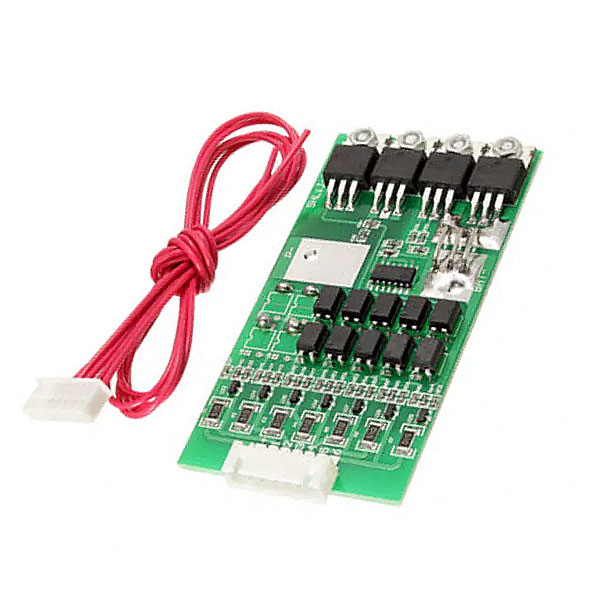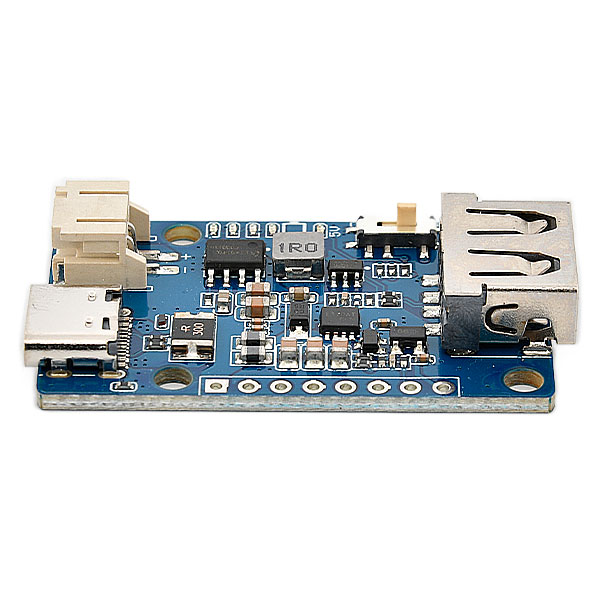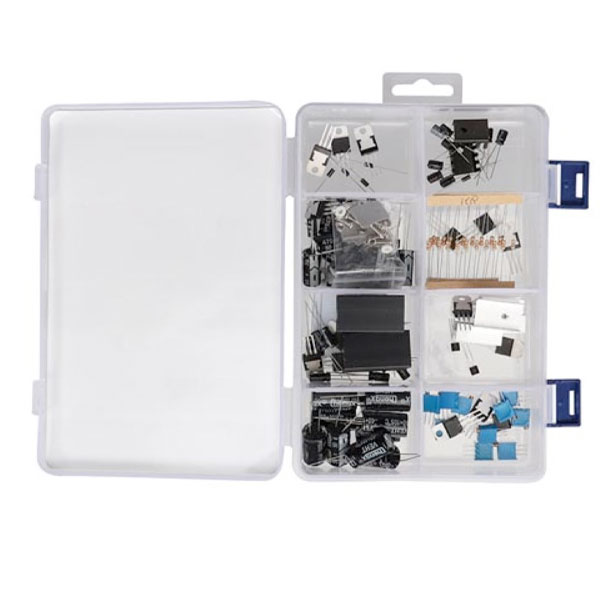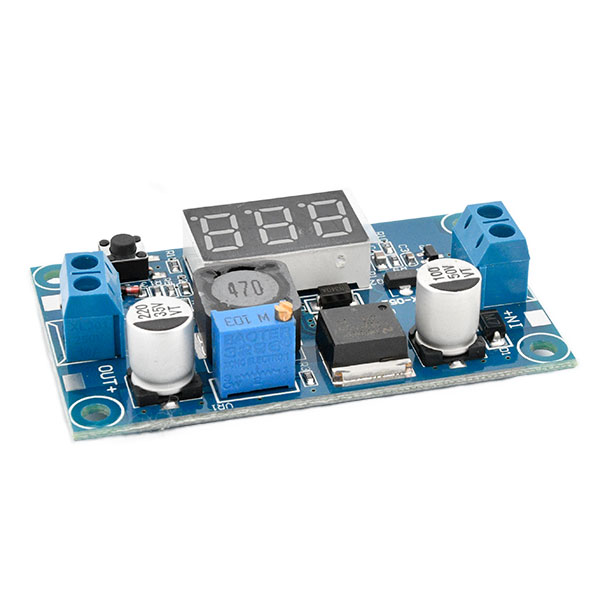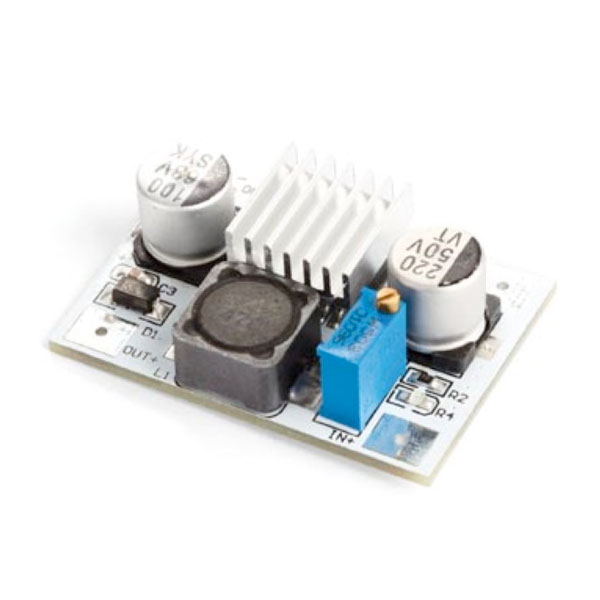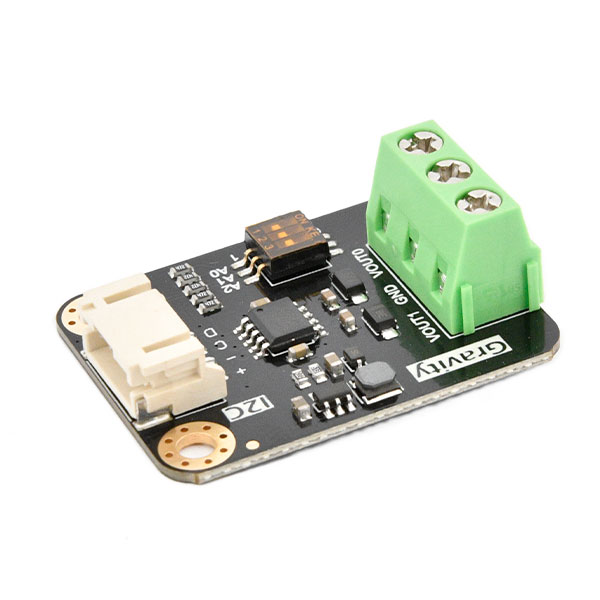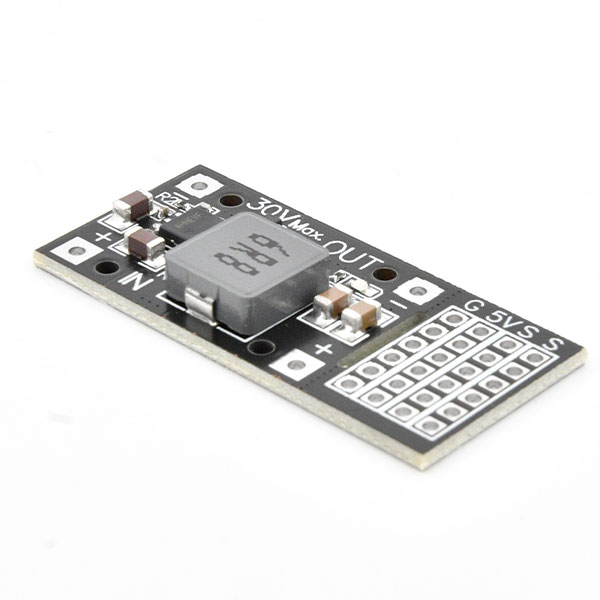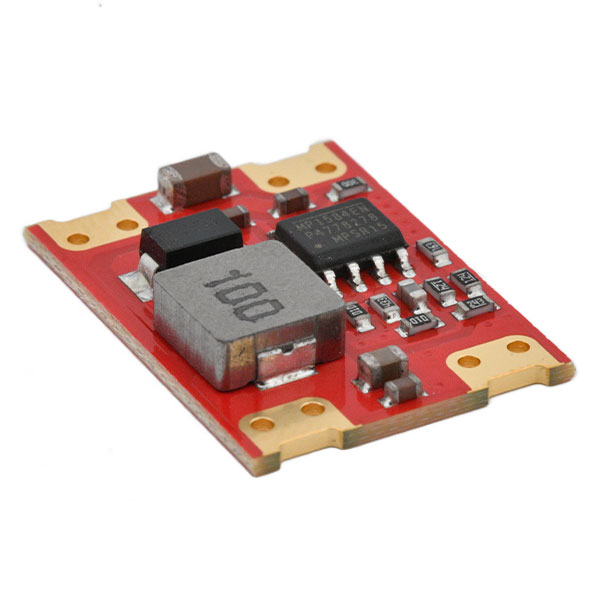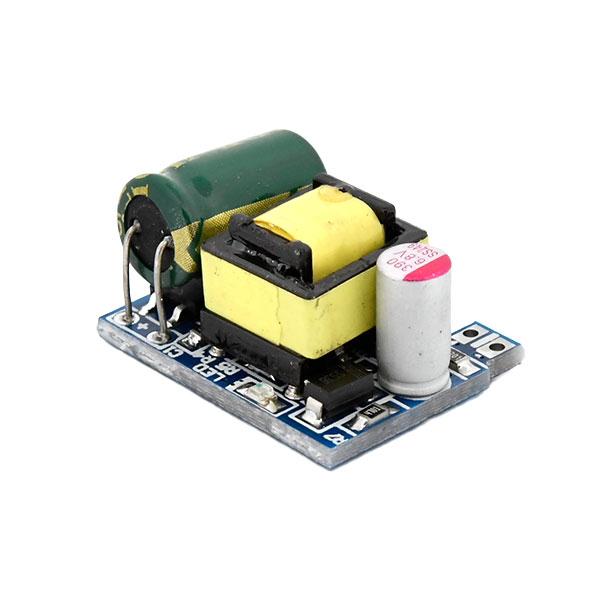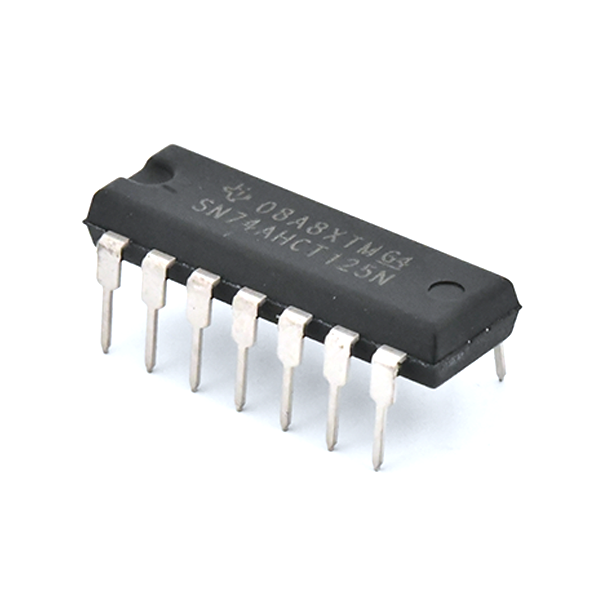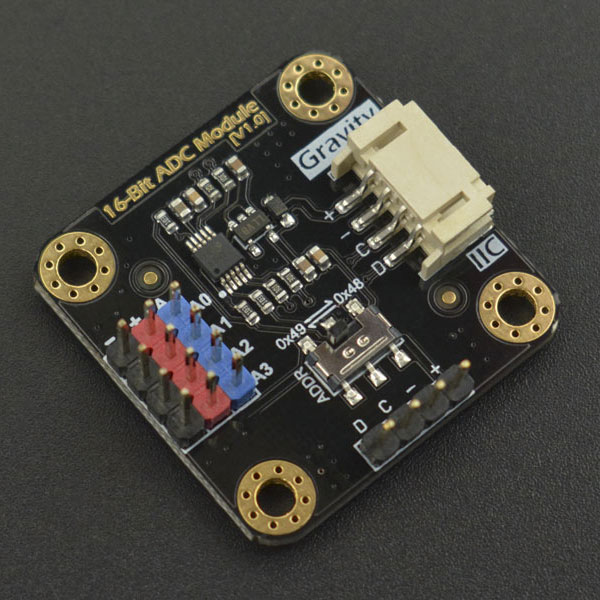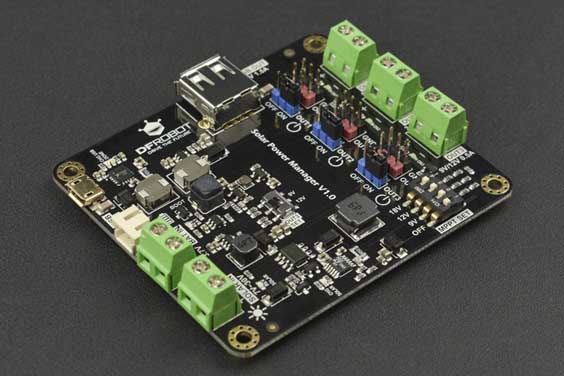5183+ reviews
Order by 16:00 for same day shipping
14 days return
EN
Individual
Business
Filters
Price
to
Sensortyp
Spanning converter & regulator
A voltage regulator is an electrical component. The voltage regulator keeps the voltage at a constant value. This is independent of the load and fluctuations in the supply voltage. There are different types of voltage regulators. Two popular voltage regulators are the LM317T and LM3940. The LM317T is adjustable over a range of 1.2 to 37V. The LM3940 is designed to convert 5V to 3.3V.
28 products found
Sort by:
What is a voltage converter or regulator, and why do you need one?
In electronic projects you will quickly encounter different voltages. A microcontroller often works on 3.3 volts, while your power supply, for example, supplies 12 volts. Without the right voltage regulation, your components can be damaged. Your project can also become unreliable. That is why you use a voltage converter or voltage regulator.
These modules ensure that the voltage always matches what your electronics need. They convert a voltage that is too high or too low to the right level. This prevents damage and ensures stable performance. This applies to simple hobby projects, but also to complex applications. On this page you will therefore find all kinds of converters and regulators. Think of classic linear regulators, but also efficient buck and boost converters.
The difference between converters and regulators
The terms converter and regulator are often used interchangeably, but they are not the same. A voltage regulator provides a stable voltage at the output. Even if the input fluctuates a little, the output voltage remains constant. This is ideal for microcontrollers, sensors or other sensitive components.
There are two main types of regulators: linear and switching. Linear regulators are simple, but waste energy as heat. Switching regulators are more efficient. They reduce the voltage using electronic circuits.
A voltage converter works a little differently. It can not only lower the voltage, but also increase it. A buck converter lowers the voltage. A boost converter increases the voltage. There are also buck-boost converters that can work both ways.
For example: you use a 3.7 volt battery, but need 5 volts for a USB device. Then you choose a boost converter. Do you have a 12 volt power supply and need 5 volts for a microcontroller? Then a buck converter is the right choice.
So the right choice depends on what your power supply delivers and what you need at the output.
What to look for when choosing
Making a good choice requires more than just paying attention to the voltage level. Always check whether the input voltage and output voltage fit within the range of the module. Many converters are adjustable with a small rotary knob. With this you manually set the output voltage.
In addition, you should pay attention to the maximum current. Some components use little current. But motors or LED strips draw much more. So make sure your converter can supply enough current.
The efficiency of the module is also important. Especially for battery powered projects or if you don't want to generate heat. Switching converters are usually the better choice here. They lose less energy as heat.
Also pay attention to safety features. Think of protection against short circuits, overheating or too high voltages. This is especially important for sensitive or expensive components.
Finally, size plays a role. Are you working in a small housing? Then a compact module is handy. And don't forget: always measure the voltage with a multimeter before connecting anything.
Typical applications of voltage conversion
Converters and regulators are found in many electronic applications. A well-known example is the power supply of microcontrollers such as Arduino, ESP32 or Raspberry Pi . These systems often operate on 3.3 or 5 volts.
Sensors also sometimes require a different voltage than your power supply provides. And in battery projects the voltage drops slowly. Then you need a converter that keeps the output voltage constant.
For more complex projects such as robots, home automation or power supplies with multiple voltage levels, you often use multiple converters at the same time. Each component gets exactly the right voltage. Motors and LED strips are also demanding. They draw a lot of current and are sensitive to fluctuations. Powerful converters are needed here for stable operation.
Whether you are a beginner or an experienced maker, the right voltage regulation is crucial. On this page you will find a complete range of converters and regulators. For every project there is a suitable solution.
